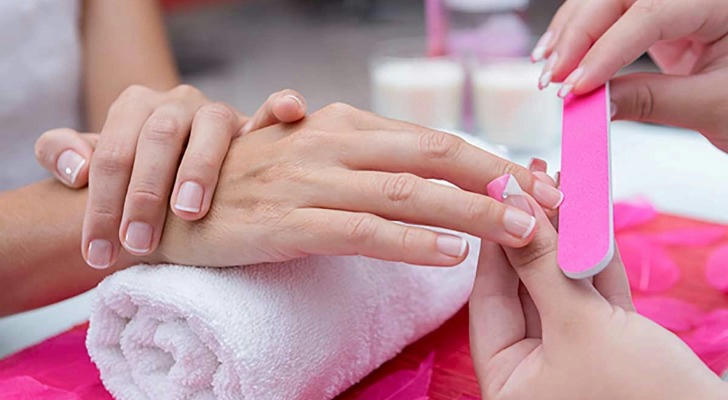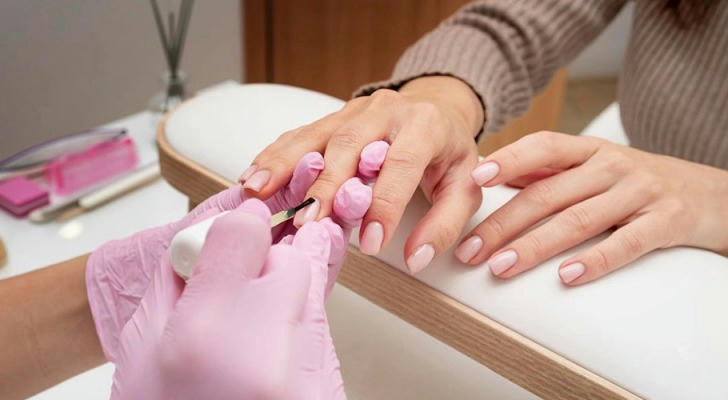How to Properly Trim and File Your Nails
Nail care is often viewed as a beauty routine, but it also plays a significant role in overall hygiene and personal health. Properly trimmed and shaped nails help prevent issues like painful snags, nail splitting, or even infections. Learning how to safely and effectively care for nails at home can make a noticeable difference in both appearance and comfort.
This guide breaks down the essentials of trimming and filing nails the right way, using methods supported by dermatologists and nail care experts.

Why Nail Trimming and Filing Matter
Nails grow an average of 3.5 millimeters per month, according to the American Academy of Dermatology. If left unmanaged, they can break, become uneven, or lead to discomfort. Uneven edges can also catch on fabrics or surfaces, increasing the risk of tears or injury.
In addition to appearance, nail health can reflect overall wellness. Dry, brittle, or misshaped nails may indicate underlying health concerns. While filing and trimming won’t solve internal issues, maintaining the nail structure helps minimize external stress and damage.
Preparing for Nail Care
Before trimming or filing, preparation helps make the process safer and more effective.
1. Wash and Dry the Hands
Clean nails reduce the risk of transferring bacteria during grooming. Warm water helps soften the nails and surrounding skin, making trimming easier. Ensure nails are dry before filing to avoid bending or tearing the nail plate.
2. Choose the Right Tools
Basic nail care tools include:
- Nail clippers or scissors (preferably with a sharp, clean edge)
- Fine-grit nail file or emery board (180 to 240 grit is ideal for natural nails)
- Cuticle pusher (wooden or silicone-tipped)
- Clean towel or tissue
- Cuticle oil or fragrance-free hand cream
All tools should be disinfected before and after use. A swipe with 70% isopropyl alcohol is usually sufficient.
Trimming Nails Correctly
Trimming is essential for maintaining length and preventing breakage. Here’s how to do it properly:

1. Use Sharp, Clean Clippers
Dull blades can tear the nail instead of cutting cleanly. The tool should cut through the nail without applying excessive pressure.
2. Trim Straight Across
Cut fingernails almost straight across, then slightly round the corners using a file. This helps reduce the risk of snags and maintains nail strength. For toenails, a straight cut is generally recommended to avoid ingrown nails.
3. Avoid Cutting Too Short
Leave a small white edge (about 1 millimeter) to protect the nail bed. Cutting too close can expose sensitive skin underneath or lead to discomfort.
How to File Nails the Right Way
Filing shapes the nails and smooths the edges. It’s a gentle process when done correctly.
1. Select the Correct File
For natural nails, a fine-grit file (180–240 grit) is suitable. Coarser files (100–150 grit) are intended for artificial enhancements like acrylic or gel nails.
2. File in One Direction
Avoid sawing back and forth. Instead, move the file from one corner to the center in a single direction. This minimizes the risk of splits and keeps the nail edge smooth.
3. Choose a Nail Shape That Matches Lifestyle
Some of the most common and practical shapes include:
- Round: Durable and low-maintenance; ideal for active individuals.
- Square: Clean and modern but more prone to corner snags.
- Oval or Almond: Elegant, though more susceptible to breaks if nails are weak.
The chosen shape should complement finger structure and not interfere with daily tasks.
Aftercare: Keeping Nails Strong
Proper aftercare strengthens the results of trimming and filing.
1. Hydrate the Nails and Cuticles
Dry nails are more likely to split or peel. A drop of cuticle oil or unscented moisturizer helps keep the nail area flexible and protected.
2. Limit Water and Harsh Chemicals
Excessive contact with water, dish soap, or cleaning agents can weaken nails. Wearing gloves while cleaning or doing dishes is a simple preventative step.
3. Don’t Pick or Bite
Nail biting or cuticle picking introduces bacteria and causes microtears. Over time, this can result in long-term nail damage.
Common Mistakes to Avoid
Some habits may seem harmless but can lead to nail problems over time:

- Using metal files on natural nails
- Filing nails when wet
- Cutting the cuticle
- Using old or shared tools
All of these practices increase the likelihood of damage or infection.
Frequency and Maintenance Tips
The ideal trimming frequency varies, but most people benefit from trimming every one to two weeks. Filing can be done more often to maintain shape or remove small chips. Nail care works best when done regularly and gently.
When to See a Specialist
Some nail concerns require professional attention. Discoloration, thickened nails, sudden shape changes, or recurring pain could indicate infections or other conditions that should be evaluated by a licensed healthcare provider.
Final Thoughts
Trimming and filing nails isn’t about chasing trends—it’s about maintaining comfort, hygiene, and strength. When done correctly, these simple habits reduce the risk of nail-related issues and improve the overall appearance of the hands and feet.
Whether a person is interested in salon-quality grooming or just wants to avoid everyday nail discomfort, knowing the right way to care for nails is an essential part of self-care that anyone can learn.
